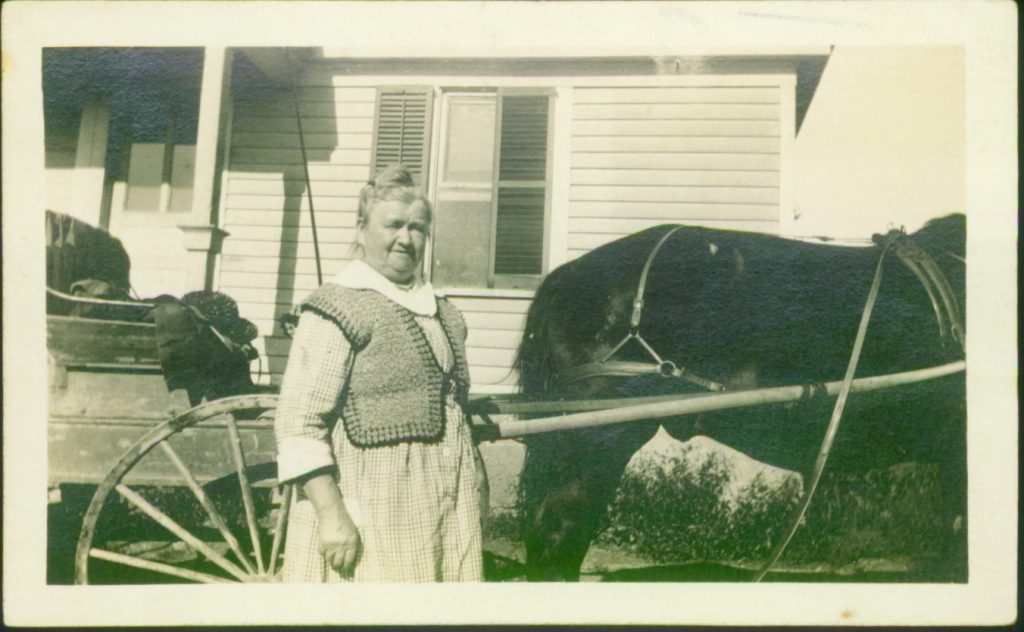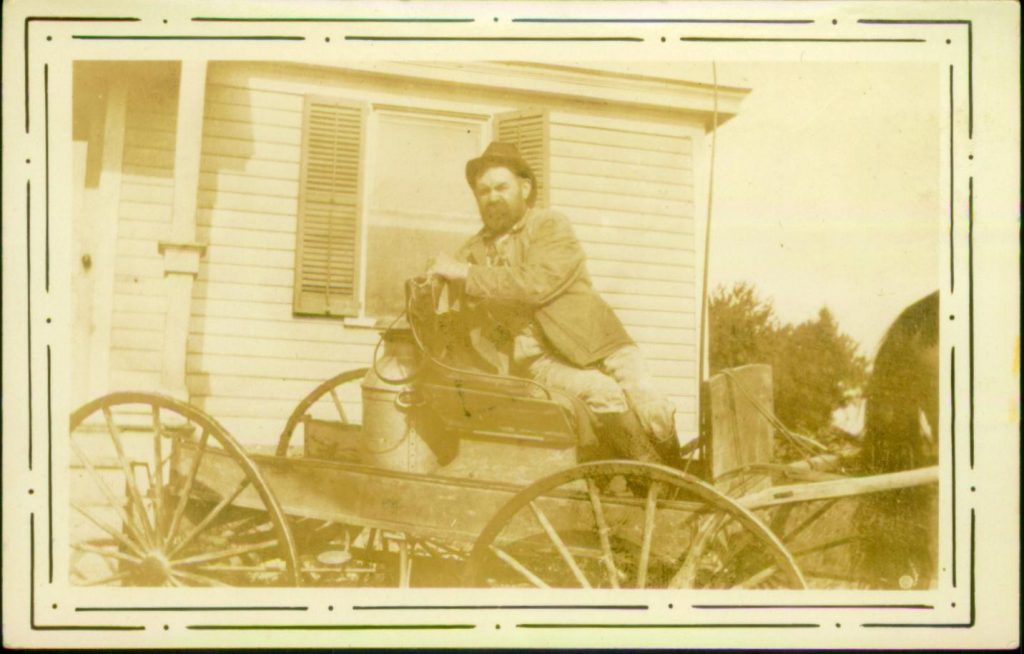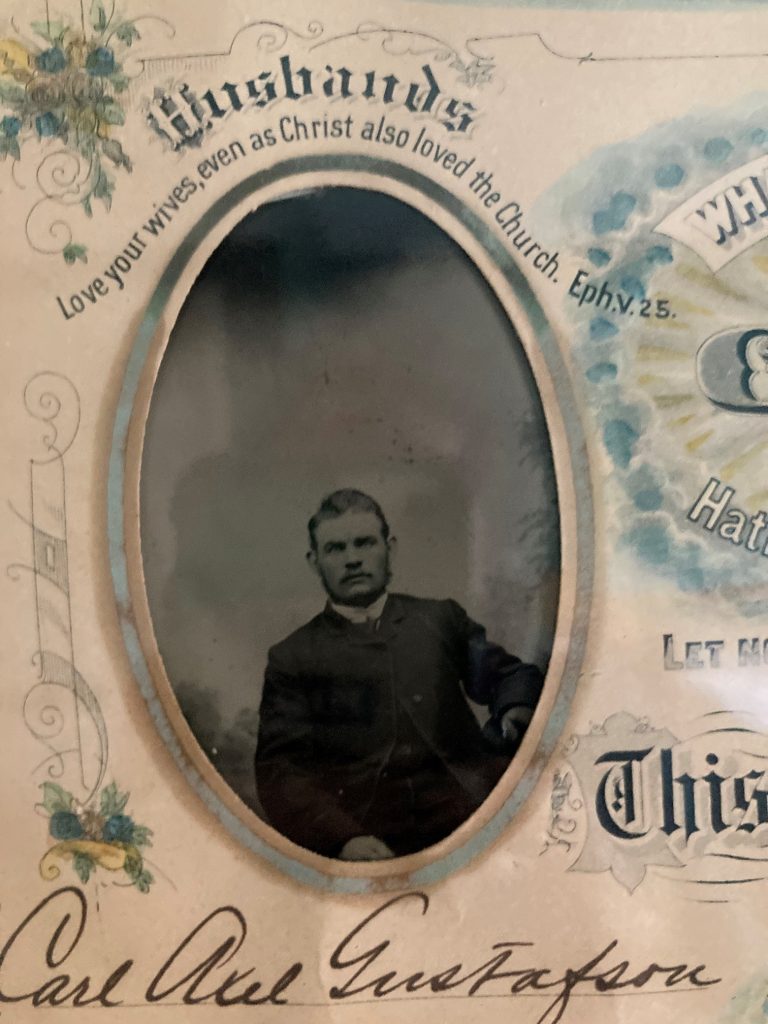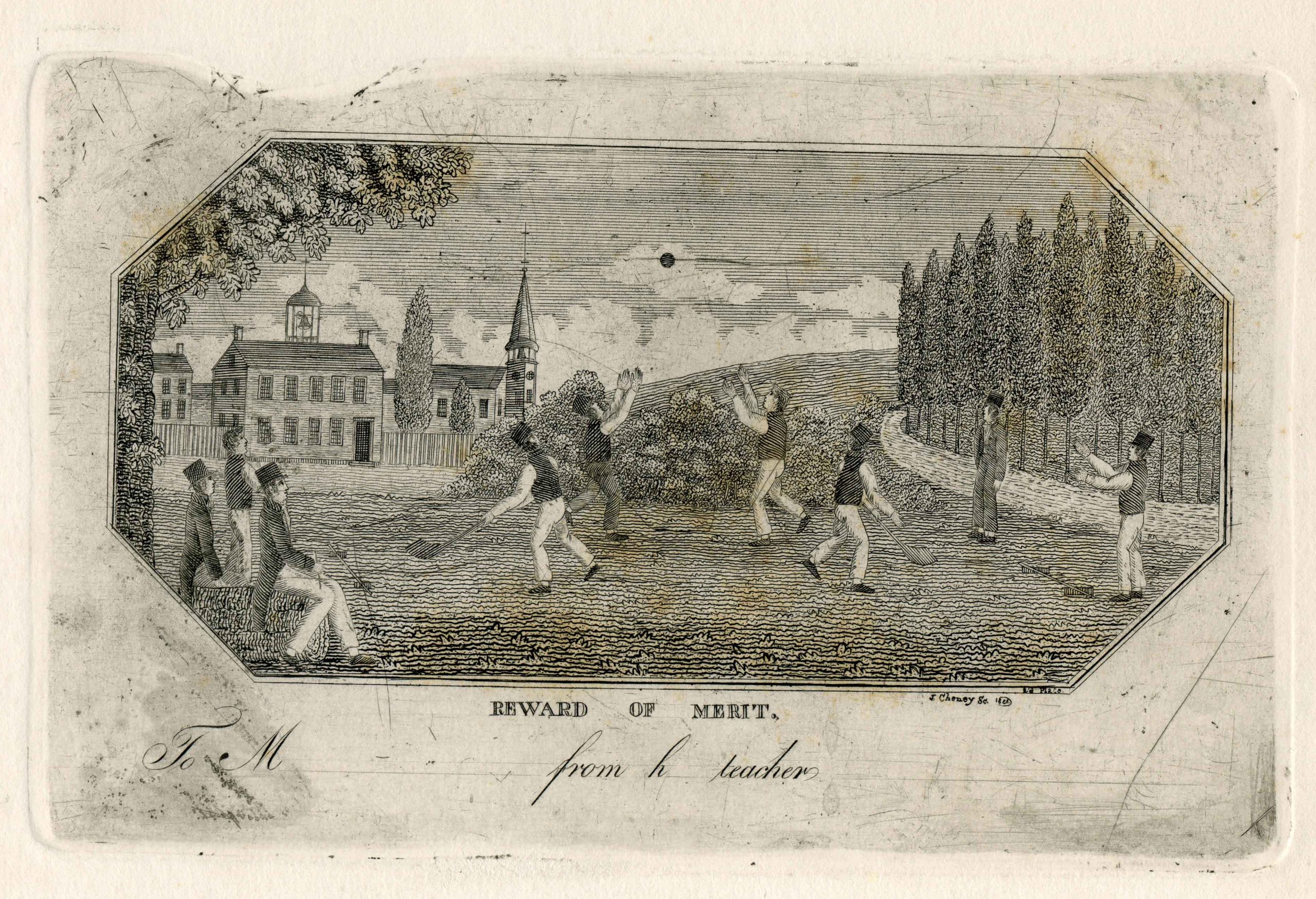Its hard to believe that it is mid-November already. Here at the Litchfield Historical Society that means that the museums will soon be closing for the winter season. With only a couple of weeks left we hope that you will take advantage of stopping by the Tapping Reeve House or the Litchfield History Museum by December 1. Although the museums will be closed to the public during the snowy months that does not mean that things will slow down here for the staff. With the museums closed we will be busy changing exhibits in preparation for the beginning of next years exhibition season. What does that mean for you? It means you only have a handful of days left to stop in and see our Civil War exhibit, The Hour of Conflict before it comes down!

The exhibit closing however, does not mean the end of your chance to come into the museum and learn more about Litchfield during the war. Throughout the year we have all kinds of visitors who come to the historical society to research with both our archival and museum collections. Some are serious scholars, while others may have another reason for wanting to view a specific item. Occasionally the reason is very personal. This past year we had a very touching visit from a family regarding a Civil War item that is as important to their familys history as it is to our local story about the Civil War.
For almost one hundred years the Litchfield Historical Society has cared for the Civil War overcoat of Sergeant Edgar A. Alvord. In March of 1915 the seventy-five year old veteran, and member of the Litchfield GAR, personally came to the historical society looking for a safe place to deposit the overcoat that he wore during the war. It was his hope that it would be well taken care of and respected even after he was gone. Ninety-eight years later Mr. Alvord’s great-grandson, Don Alvord, came through the same front door of the Noyes Memorial Building and brought with him his wife, cousins, and grandchildren to view the coat that his great-grandfather cared so much for.

Srgt. Alvords Overcoat, 1918-34-0, Litchfield Historical Society
Born in Morris, CT in 1840, Edgar A. Alvord was twenty-one years old when he enlisted as a Private in the 5th CT Infantry. After a year of performing guard duty along the Potomac River Alvord was wounded and captured at the battle of Cedar Mountain, VA during a charge on the Confederate Army. He was imprisoned for one month at Libby Prison (notorious for the overcrowded and harsh conditions) in Richmond, VA before being moved to the prison at Belle Isle for another two months. He was then paroled and moved to Annapolis, MD and again to Alexandria, VA before being exchanged back to the Union Army.
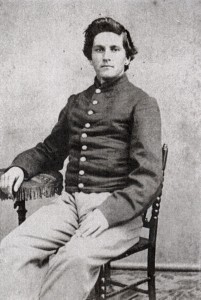
Photograph of Srgt. Edgar A. Alvord, ca. 1863, Private Collection
In December of 1863 Alvord re-enlisted in the Union Army as a veteran and was promoted to Corporal and then to Sergeant. In 1864 when he traveled home to Connecticut on furlough Sergeant Alvord brought his overcoat with him and left it in the care of his family in Morris for the remainder of his service in the Union Army. On July 19, 1865 after four years of active service where he served in several battles and was with General Sherman’s March to the Sea, Sergeant Edgar Alvord was mustered out from the Army and returned home to Morris.
Don Alvord’s trip to the Historical Society this year was a real family affair. Not only did Don and his wife make the trip from Missouri, but they brought cousins and grandchildren along with them to the museum to see Sergeant Alvord’s coat. Being a veteran and son of a veteran himself, viewing an item used in wartime by his great-grandfather solidified for him the importance of service to your country and family tradition. One of the highlights of the visit came when the family and Historical Society staff were able to share information with each other about the coat and the Alvord family. Working together the group was able to uncover many bits of family and local history. As the family placed a treasured photograph of Sergeant Alvord next to the coat for a photo op it became obvious that both the family and the Litchfield Historical Society are working to preserve the history and memory of one of Litchfield County’s Civil War hero’s for future generations.
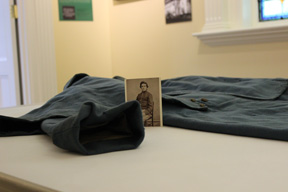
Srgt. Alvord and His Overcoat Reunited After 98 Years
-Jessica Jenkins, Curator of Collections
